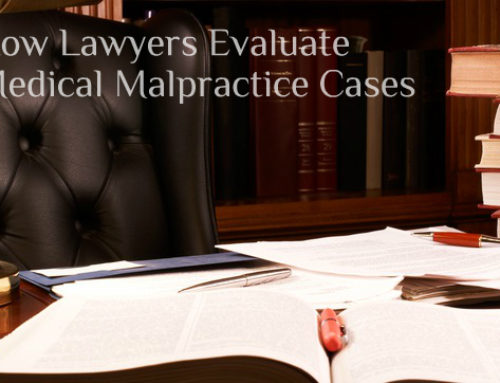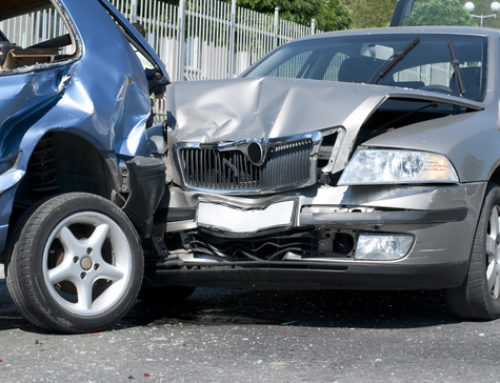Two of the most confused legal principles (even among lawyers) are assumption of the risk and contributory negligence.
Contributory negligence applies when, even though a defendant is negligent, the plaintiff is also negligent and contributes in some (however small) way to her own injuries. In Maryland, at the moment, any amount of contributory negligence means that the plaintiff should lose her case.
Assumption of the risk is somewhat more analogous to informed consent. When a patient goes to the hospital for a medical procedure, the doctor will often explain the risks and benefits of the procedure and available alternatives. If the doctor explains that one possible outcome of a surgery is infection, then the patient cannot complain if she is treated with the proper standard of care and gets an infection. Keep in mind, however, that all bets are off if the infection happens, not because of the inherent risks of the procedure, but because the doctor decides that scrubbing before surgery is more of a guideline than a rule.
Maryland Assumption of the Risk: Elements
There are two factors that a defense lawyer must prove to show that the plaintiff assumed the risk of her injuries:
- Plaintiff knew of the risk of an existing danger; and
- Plaintiff voluntarily chose to encounter that risk.
The second factor is important—the plaintiff must, knowing the danger, have deliberately decided to go forward despite the risk. There is typically a moment where the plaintiff could have chosen some other option.
Assumption of the risk doesn’t often come up in automobile accident lawsuits, probably because most lawyers are smart enough not to take cases where the plaintiff assumed the risk of injury (a driver who is drag racing, for example).
Maryland Slip-and-Fall Injuries
The main battleground for assumption of the risk is in slip-and-fall lawsuits. Admittedly, the Maryland high courts have been a little confused (perhaps inconsistent is a better word) on how to apply assumption of the risk. The typical case is where a person goes outside, knows that it has recently snowed and is below freezing, knows that ice forms when it is below freezing, and slips on black ice while on someone else’s property. A good personal injury lawyer believes that assumption of the risk shouldn’t apply if the plaintiff did not know the black ice was there. The property owner, if he knew or should have known about the ice, should have taken care of it. If the plaintiff didn’t know it was there, how could he have assumed the risk? But, for a long time (at least since 2008), the law was that a person assumed the risk simply by venturing out into the world. A plaintiff didn’t need actual knowledge—the court could impute that knowledge to the plaintiff.
Well, the law has improved a little since then. Maryland’s highest court backtracked in 2011 when it decided two slip-and-fall lawsuits, basically agreeing that the standard was subjective, not objective. This means that a plaintiff must actually know of the risk. The court said: “Thus, in order for a plaintiff to have assumed the risk of his or her injuries as a matter of law, we require that a plaintiff “must” have known that the risk was “actually present,” not that he or she “would,” “should,” or “could” have known that the risk “might well be present.”
This is a long-winded way of saying that, in most cases, the court must decide whether the plaintiff actually knew about a risk (not a potential risk). Those cases basically resurrected slip-and-fall cases arising from inclement weather. The only thing that could do better is if Maryland overturned the rule on contributory negligence.
Contact Us
The application of assumption of the risk can be a bit confusing, but we’ve been dealing with it in our personal injury lawsuits for years and we can tell you if assumption of the risk really bars your claim. Don’t let an insurance company trick you into believing that you don’t have a case—tell us what happened by calling us at 1-800-776-4529, or online, and we’ll let you know.
More Maryland Personal Injury Information
- Premises Liability Webpage (for questions about slip-and-fall cases)
- Examples Of Successful Slip-And-Fall Settlements
- Contributory Negligence: Completely Preventing Plaintiff Recoveries












